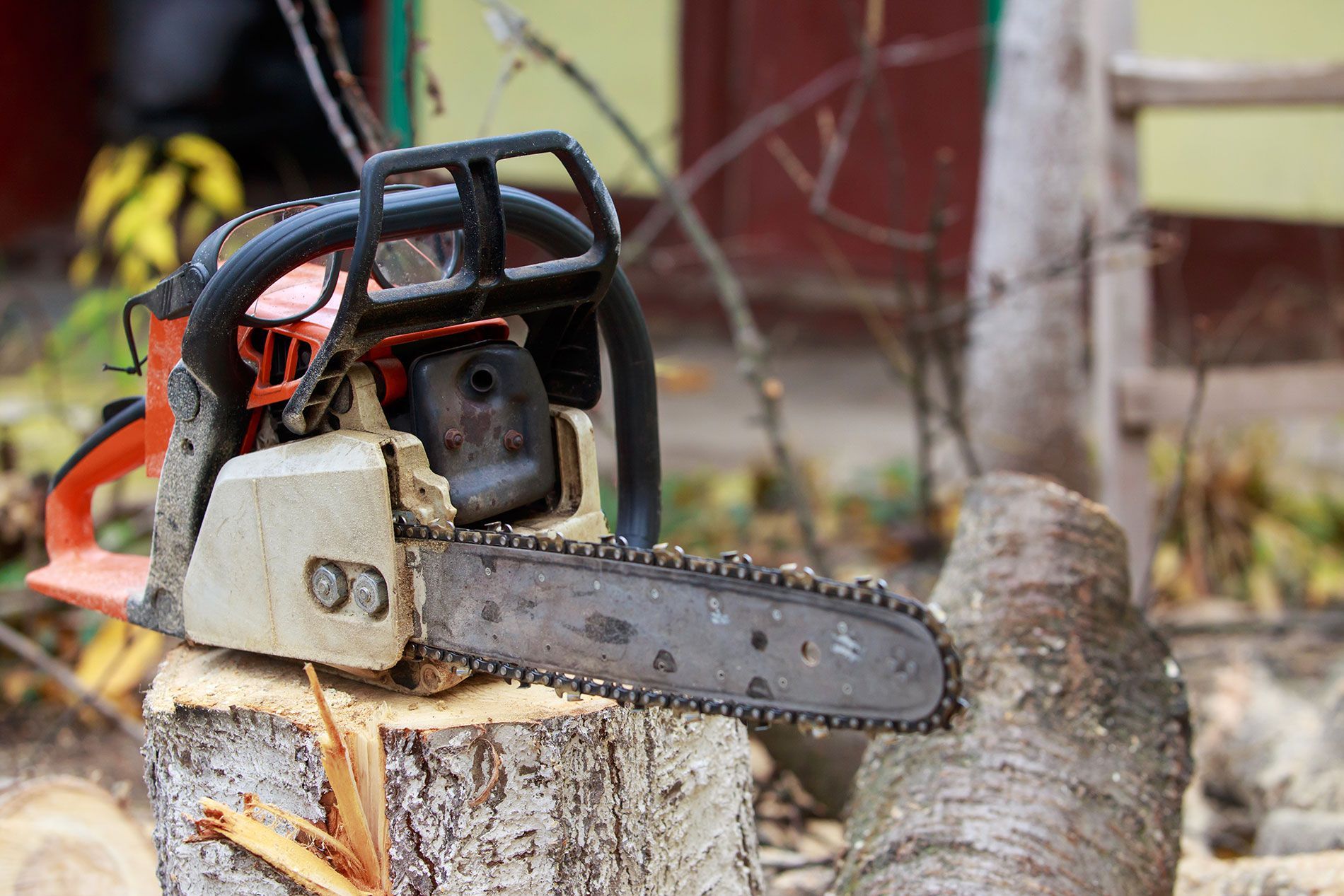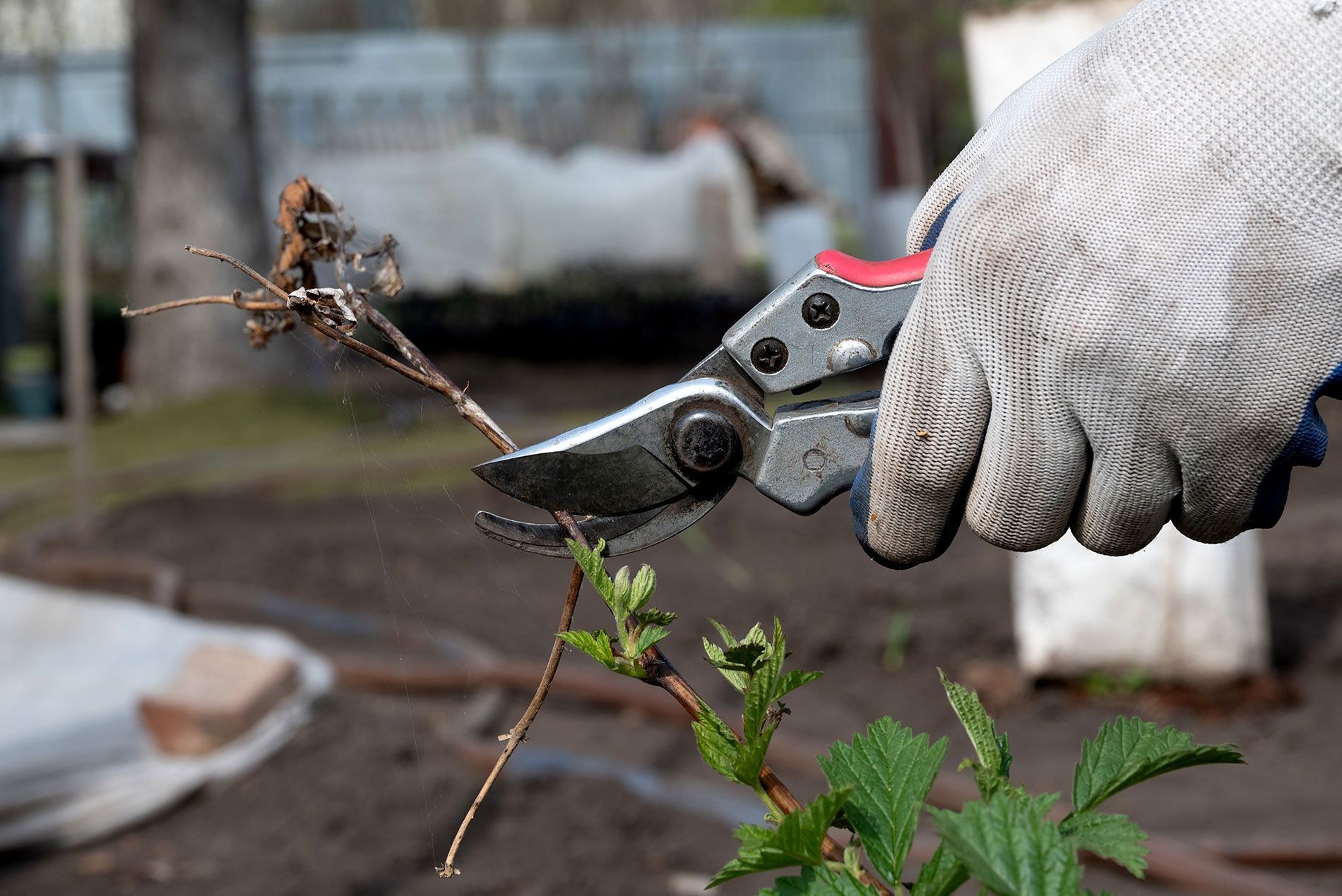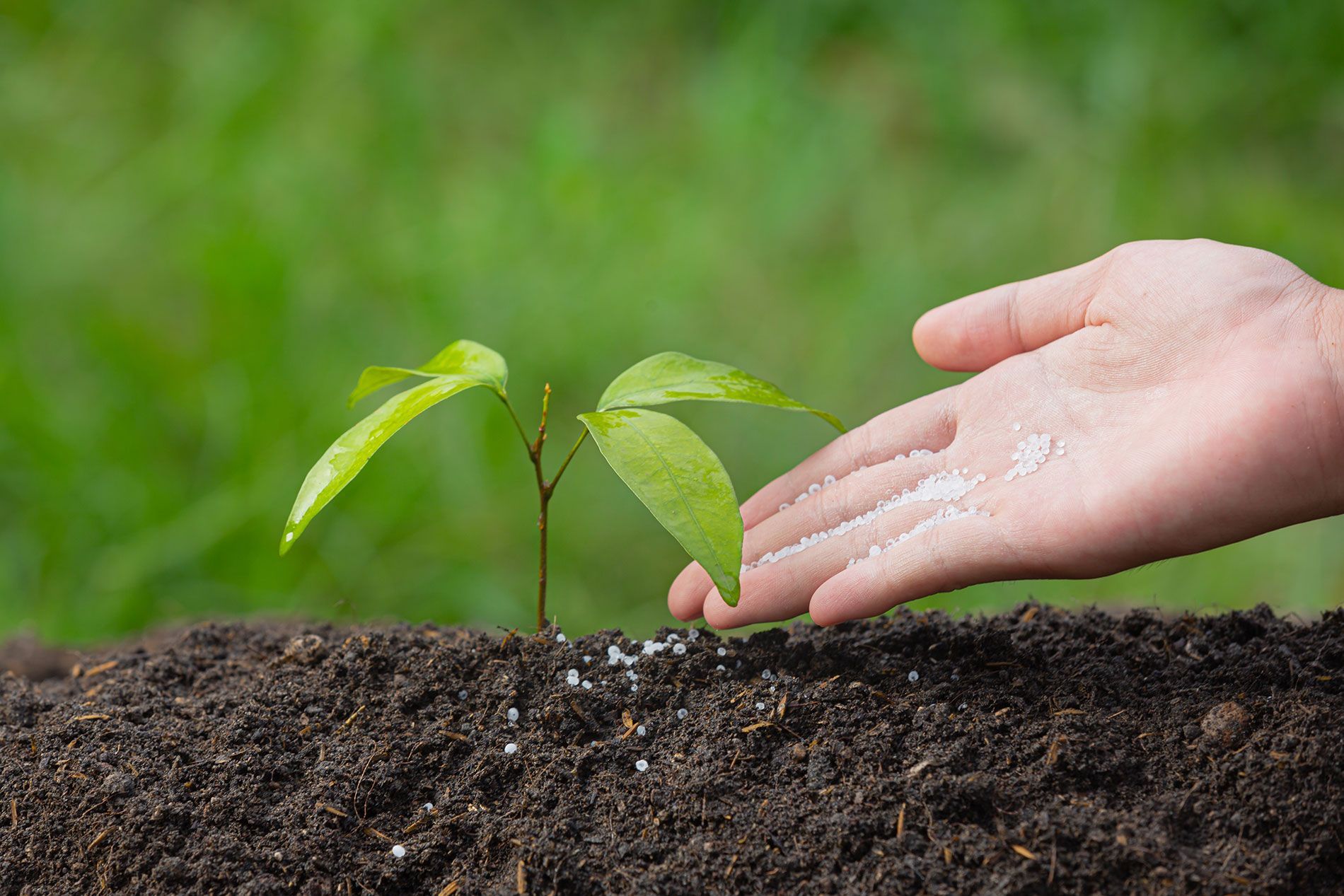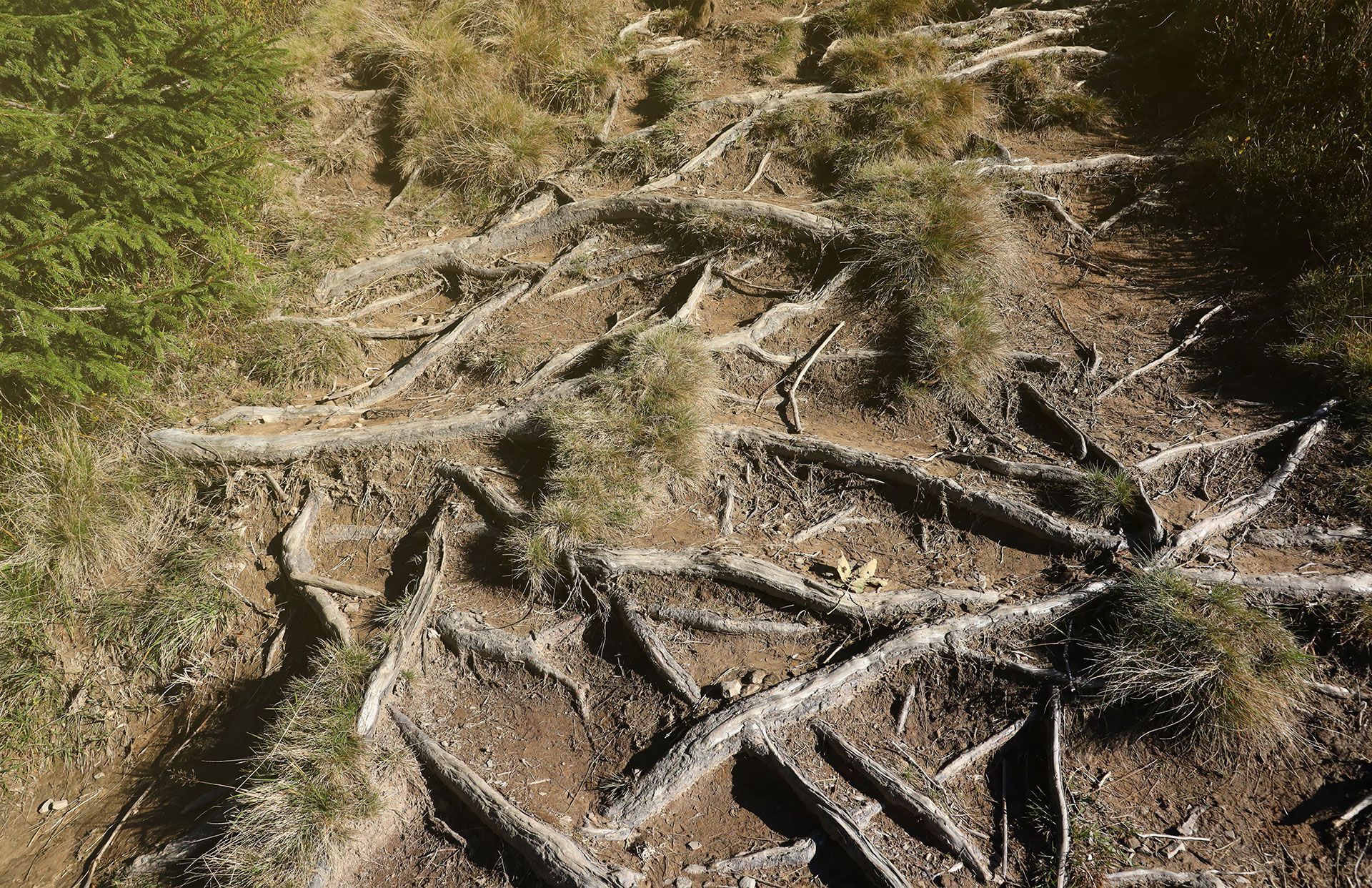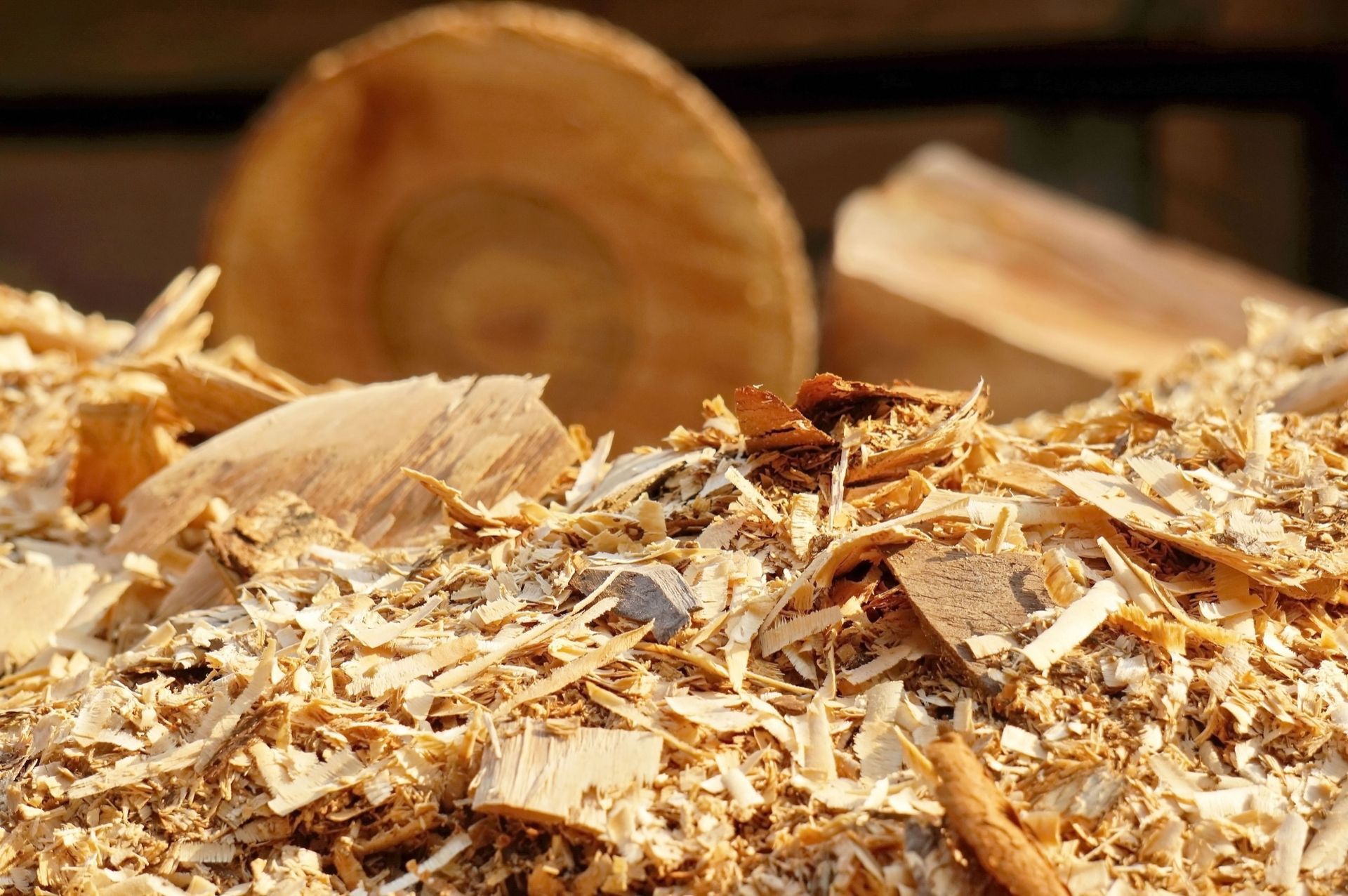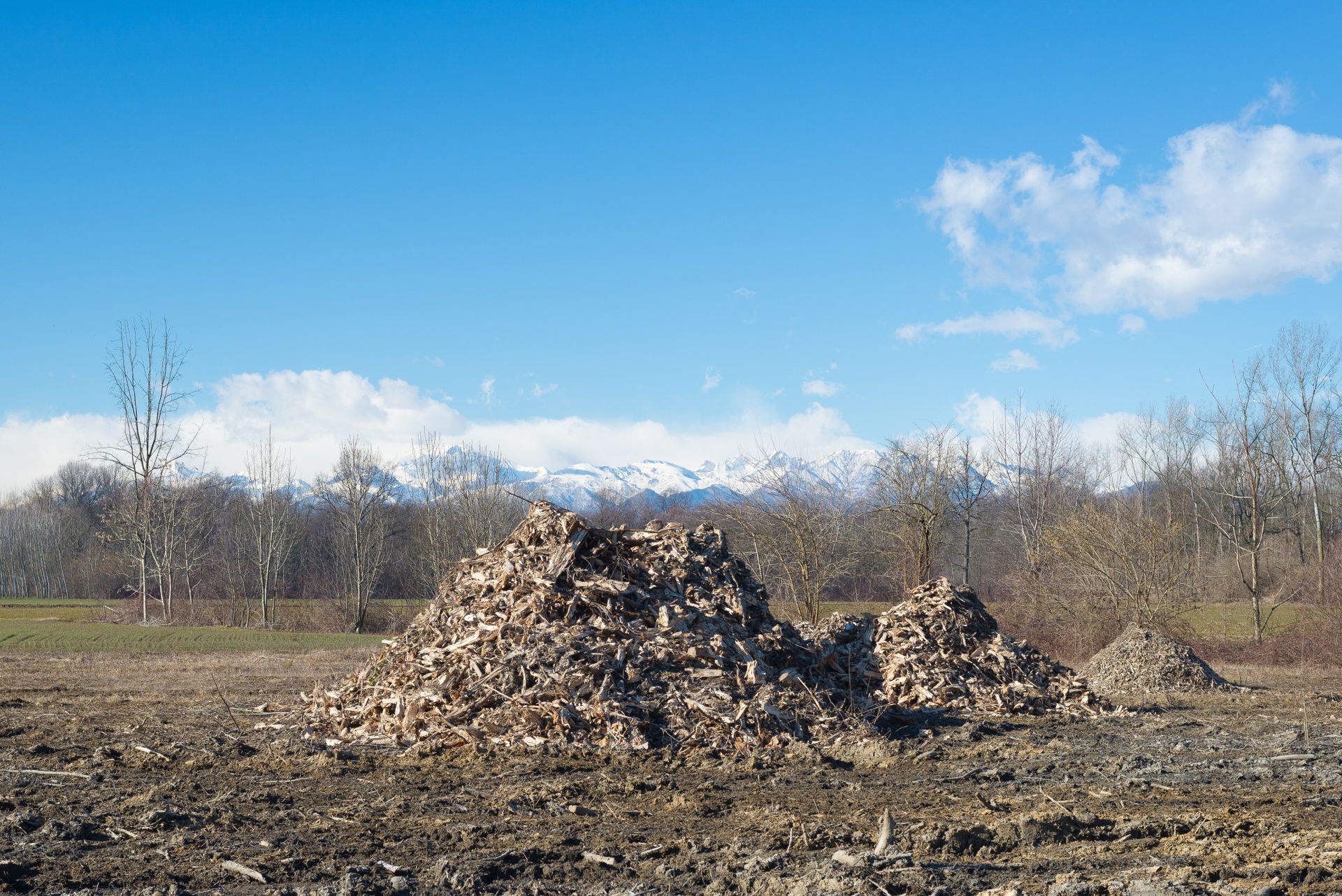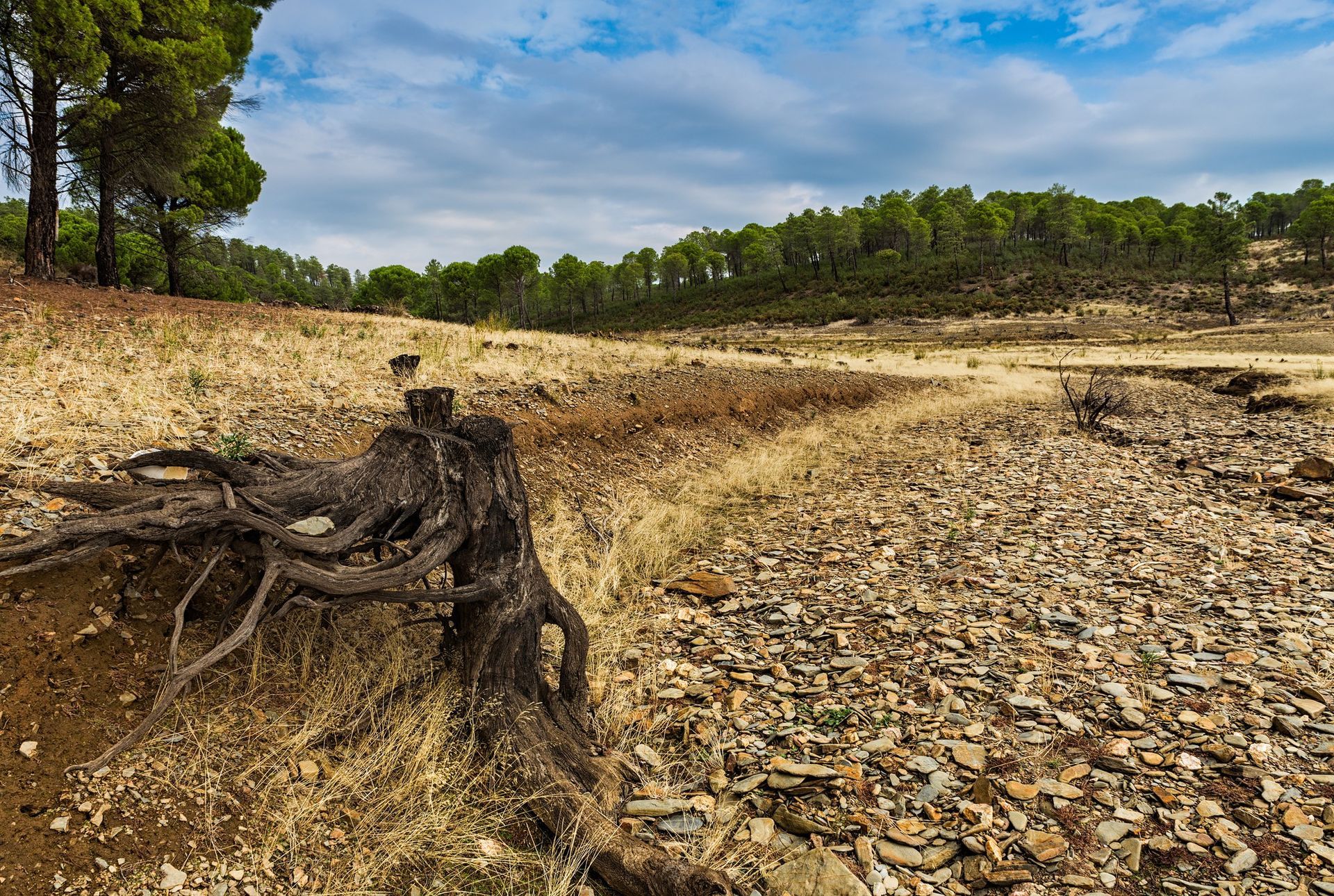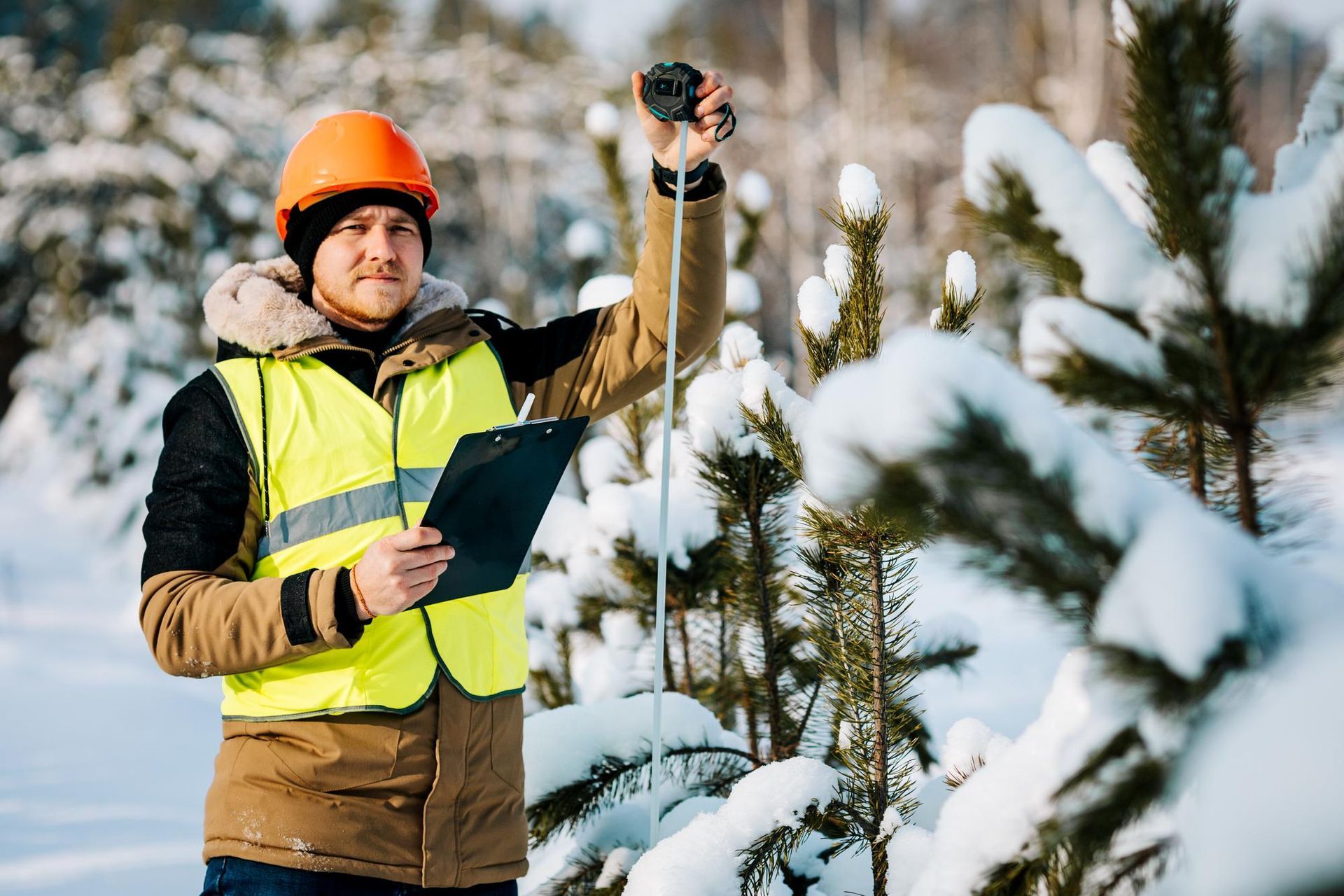Experience Top Quality Affordable Tree Trimming Services in Your Area
Having a well-maintained garden or backyard can drastically improve your home's curb appeal and overall aesthetic. One of the primary factors that contribute to this is the state of your trees. Unfortunately, not everyone has the time, tools, or knowledge to properly maintain them, which is where professional tree trimming services come in. Contrary to popular belief, high-quality tree trimming services don’t have to be expensive. Let's delve into the world of top-quality, affordable tree trimming services that are available in your area, and why you should consider using them.
Why Tree Trimming is Crucial
Trees, just like any other living organism, need proper care and attention to thrive. One of the most essential practices to ensure their health and longevity is regular tree trimming. But why exactly is tree trimming so important? Let's break it down:
1. Tree Health
Over time, trees can develop dead or diseased branches. If left unchecked, these can negatively impact the overall health of the tree, stunting its growth and even leading to premature death. Regular trimming can prevent this by removing the unhealthy parts, allowing the tree to focus its resources on new growth and improving its overall health and vitality.
2. Safety
Tree branches, especially dead or weakened ones, can pose a significant safety risk. They can easily break during a storm or due to heavy winds, causing property damage or even injury to people in the vicinity. Regular trimming ensures these potential hazards are removed promptly, reducing the risk and keeping your property and loved ones safe.
3. Aesthetic Appeal
A well-trimmed tree can greatly enhance the aesthetic appeal of your property. Overgrown or irregularly shaped trees can detract from your home's curb appeal. Regular trimming helps maintain a balanced, attractive shape, making your trees an asset rather than a liability in terms of aesthetics.
4. Property Value
Well-maintained trees can significantly increase the value of your property. Prospective buyers often perceive a well-tended landscape as an indication of a well-cared-for home. Regular tree trimming can therefore be seen as an investment in your property's value.
5. Sunlight Maximization
Proper trimming can enhance sunlight penetration and air circulation, both within the tree itself and the landscape below. This improved light and air movement can benefit the tree's health and promote growth in your lawn or other plants under the tree.
6. Pest and Disease Control
Regular tree trimming can also help in pest and disease management. By removing infected or pest-infested branches, you can prevent the spread of diseases or pests to other parts of the tree or even to other trees in your yard.
In conclusion, regular tree trimming plays a pivotal role in maintaining not just the health and safety of your trees, but also the aesthetics and value of your entire property. It's an essential practice that can save you from potential risks and costs in the future, making it a worthwhile investment for every homeowner.
The Value of Professional Tree Trimming Services
While it might be tempting to undertake tree trimming as a
DIY project, it can be dangerous and time-consuming for inexperienced individuals. Professional tree trimming services have the right tools, equipment, and expertise to handle the job safely and efficiently. Additionally, professionals have a deep understanding of different tree species and the best care practices, ensuring that your trees remain healthy and vibrant.
What Makes a Tree Trimming Service High Quality?
Now, you might ask, what distinguishes a high-quality tree trimming service from the rest? The key indicators are their knowledge and professionalism, customer service, range of services, and positive client feedback. They employ certified arborists who understand the science behind tree health and have the skills to carry out the job efficiently. High-quality service providers also offer comprehensive services, from trimming and pruning to tree removal and emergency services.
Finding Affordable Tree Trimming Services
The quest for quality yet affordable tree trimming services can be likened to finding a diamond in the rough - it requires patience, persistence, and a keen eye. The common perception that 'quality comes at a high price' often discourages homeowners from seeking professional tree trimming services. However, it's crucial to understand that 'affordable' does not necessarily equate to 'low-quality'. Many tree trimming services offer exceptional service at a reasonable price, striking a balance that doesn’t hurt your wallet nor compromise your tree’s health. Here's how you can find them:
1. Online Research
Start your search with good old fashioned online research. Search engines are a treasure trove of information, waiting to be utilized. Type in relevant keywords such as "affordable tree trimming services near me" or "cost-effective tree services in [your location]" and browse through the results. Check out local directories, read online reviews, and visit company websites. Pay close attention to their services, certifications, and testimonials.
2. Ask for Recommendations
One of the most reliable sources of information is word-of-mouth. Ask your neighbors, friends, or family members if they can recommend any affordable tree trimming services that they have used before. Their firsthand experiences can provide you with valuable insights into the quality and affordability of different services.
3. Request Quotes
Once you have shortlisted a few potential companies, the next step is to request quotes. Most tree service companies offer free quotes or estimates. Remember to be as detailed as possible about the type of service you need to get the most accurate quote. This will not only give you an idea of the cost but will also allow you to compare prices among different providers.
4. Evaluate the Scope of Services
While comparing prices, also examine the scope of services included in the quote. Some companies may offer cheaper rates by excluding essential services, resulting in additional costs down the line. An affordable service should not only fall within your budget but also cover a comprehensive range of services, from trimming and pruning to cleanup and disposal.
5. Check for Certifications and Insurance
Affordability should never come at the expense of safety and professionalism. Before settling for a service, make sure the company employs certified arborists and carries insurance. Certifications attest to their expertise and commitment to industry standards, while insurance protects you from any liability in case of accidents or property damage.
6. Special Offers and Discounts
Finally, keep an eye out for special offers, discounts, or packages. Some companies offer discounted rates during off-peak seasons, while others may have special packages for first-time customers or for availing multiple services.
By following these steps, you'll be able to find a tree trimming service that not only suits your budget but also ensures your trees are in capable hands. Remember, your trees are a long-term investment, and their maintenance should reflect this commitment. Quality and affordability can go hand in hand – you just have to know where to look.
Experience Top Quality Tree Trimming in Your Area
Let's talk about experiencing this service in your area. The great thing about local tree trimming services is their knowledge of local tree species and common issues that affect them. They're also likely to respond more quickly to service requests and emergencies due to their proximity.
Take advantage of online resources that allow you to search specifically for local providers. Websites like Angie's List, HomeAdvisor, or even Google Maps can help you find top-rated local services. Be sure to look at ratings and reviews from your fellow community members, as they often give a reliable indicator of the quality and affordability you can expect.
Conclusion
In essence, maintaining the trees on your property is a task that requires knowledge, skills, and the right tools. For this reason, investing in a professional tree trimming service can be invaluable. Luckily, quality doesn't always come with an exorbitant price tag. With careful research and consideration, you can find local, affordable tree trimming services that meet your needs without breaking the bank.
For those located in Columbia Falls, MT, one such service provider stands out from the rest – Big Mountain Tree Service. Known for their exceptional service, knowledgeable staff, and affordable rates, Big Mountain Tree Service has gained the trust and appreciation of countless homeowners in the area. You can reach out to them at
406-261-2042 to schedule a service or request a quote.
Remember, an investment in tree trimming is an investment in your property's beauty, safety, and overall value. So don't hesitate! Start exploring and experience top-quality,
affordable tree trimming services in your area today. For those in Columbia Falls, MT, your journey can start with a simple call to Big Mountain Tree Service.
